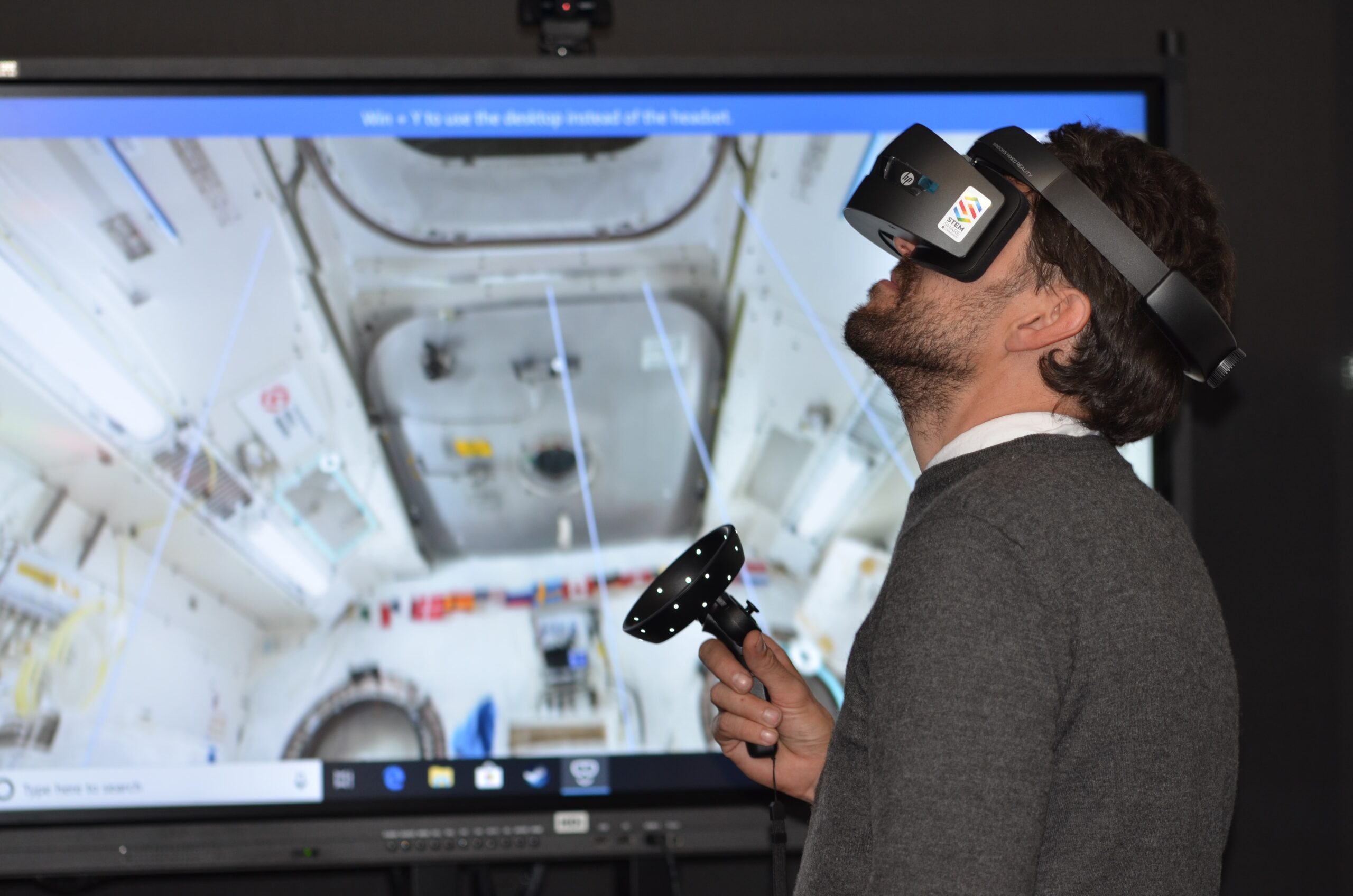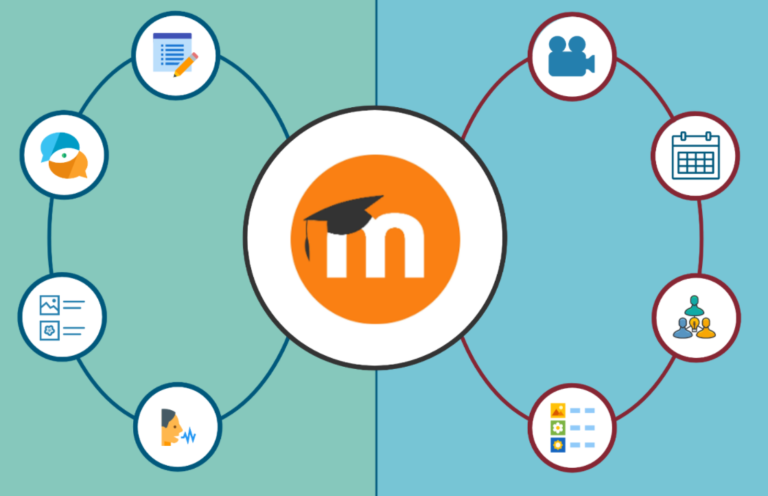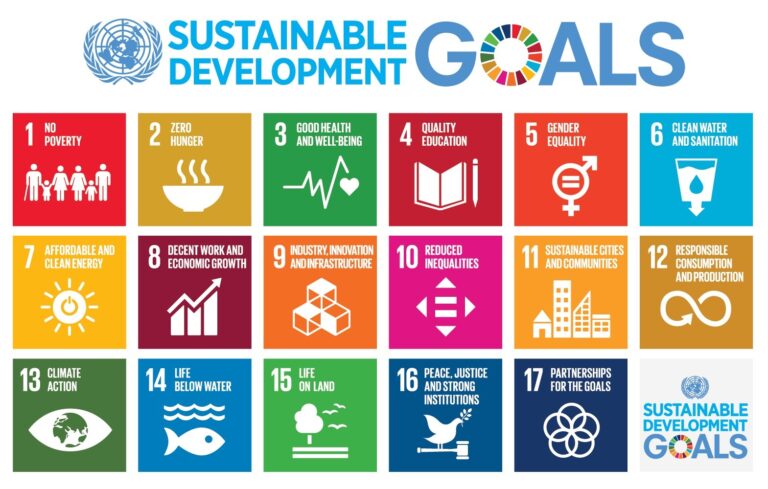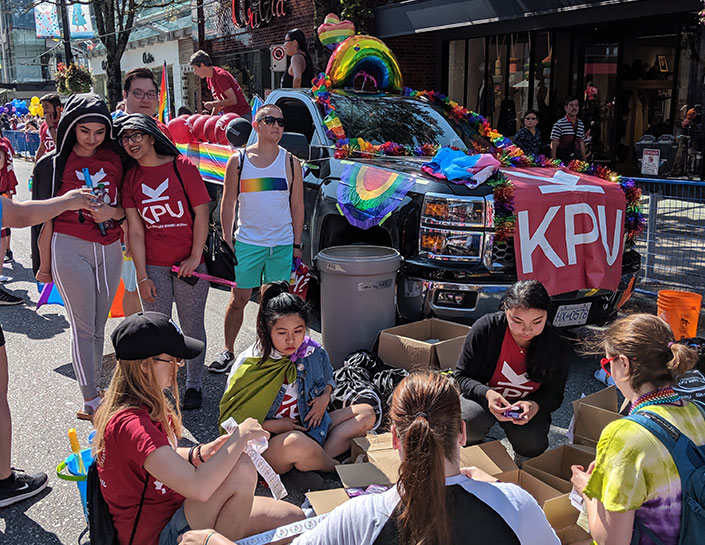How the Metaverse Will Change Teaching & Learning
The implications of the Metaverse are ubiquitous and will alter many aspects of our lives. In this blogpost I focus on two ways the Metaverse will change teaching and learning in higher education. But first, a question:
What is the Metaverse?
a) a Digital Disneyland where we can escape from the banality of life
b) self-referential poetry
c) Big Tech’s Frankenstein that will devour the Internet as we know it
d) none of the above
If you answered (d), congratulations and continue reading. If you answered differently, perhaps scan this CNET article before reading further, The metaverse isn’t what you think it is, because we don’t know what it is.
Metaverse. A portmanteau of the words meta (beyond) and verse (universe). Think of the Metaverse as a shimmering digital world parallel to our everyday physical one. It is more than the Internet, more than augmented and virtual reality, and more than videoconferencing. Importantly, it is also more than Mark Zuckerberg’s ambitions. The Metaverse is a merging of our physical world with an ever-expanding 3D digital universe focussed on social connections. It is the future of the Internet and it is already here in various manifestations.
It is probably more accurate to speak of many metaverses rather than a single Metaverse. For example, video games like Minecraft and Second Life are metaverses just not the Metaverse. However, many minds find a monotheistic Metaverse just too alluring. In reality (ironically), a better metaphor is our world with all its countries and borders. Sure, you can travel to various countries but there are obstacles to such movements: passports, visas, the cost of travel, jet lag, and weather. Imagine if a company could make travel between countries faster, more seamless, and less prohibitive. Now all the different metaverses start to feel like a single Metaverse even if that’s not technically true. But that feeling improves engagement, and engagement is literal and metaphorical gold to companies. This is the reason that companies like Facebook—I mean Meta—want to be your travel agent/airline/hotel/credit card in the Metaverse. Amazing? Yes. Scary? You bet.
Our Classrooms will become Online and Virtual
Traditional, in-person, lecture-style teaching involves learners driving to a campus, paying for parking, walking into a four-walled classroom, and sitting side-by-side with strangers for 3 hours. Instruction is enhanced by PowerPoint slides, the occasional video, and perhaps some group work or oral presentations. This factory model of higher education has existed for a long time. Each classroom is physically sealed off from other classrooms, the community beyond the campus, and the broader world. But what about field trips, co-ops, practicums, and study abroad, you say? Yes, those wonderful opportunities exist. But they are exceptional and peripheral to most university programs and, therefore, not integrated into most students’ educational experiences. Our classrooms have come to resemble those medieval castles protected by moats. Teaching in the Metaverse drains the moat and breaches the castle walls. However, the right educational technologies, coupled with powerful pedagogical paradigms (e.g., experiential learning), can free learners from the shackles of plastic chairs, standardized desks, banal blackboards, badly delivered lectures, and dry learning activities.
Today’s bricks-and-mortar classrooms will be replaced by virtual classrooms built on engaging visualizations and relevant experiential activities. The implications of this one fact on the need for physical classrooms should not be underestimated. Imagine that you are a learner who has just signed up for a course taught in the Metaverse. You enter a virtual classroom via a virtual reality (VR) headset. You create an avatar of yourself that looks just like you. Or Elvis. Or Big Bird. Your avatar navigates by walking around or, just as easily, flying to where you want to be. Change your perspective from first person to third. Teleport to the Galapagos Islands with your classmates and learn about evolution from a virtual Charles Darwin. Deliver your oral presentation on coral bleaching underwater—with the Great Barrier Reef all around you. Conduct experiments on the International Space Station with an astronaut from the Canadian Space Agency. Learn about volcanoes by going inside the Hunga Tonga Hunga Ha’Apai volcano with your geology prof. Explore the Pyramid of Quetzalcoatl in the Mesoamerican city of Teotihuacan. Imagine manipulating ancient artifacts or bones while wearing data gloves that provide tactile feedback to your fingers. This is what higher education in the Metaverse could look like.
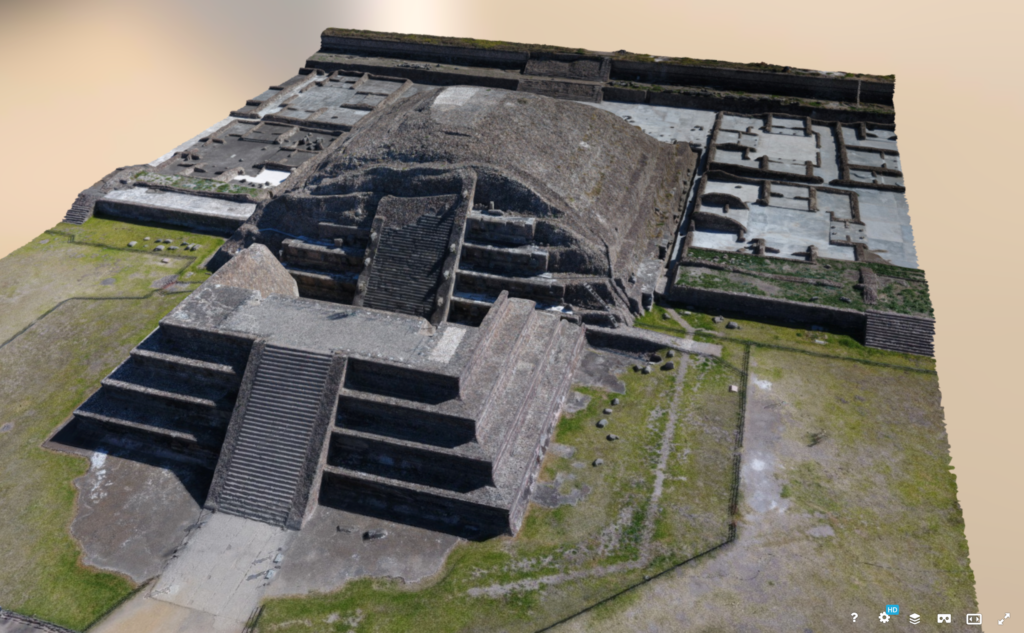
In case you think that this is still coming, know that classes are already being taught this way. At Thompson Rivers University, my colleague Dr. Michael Mehta teaches his environmental sustainability students about recycling and waste disposal. Students put on VR headsets and take a virtual field trip to a metaverse dump site. The students can walk around the site with no risk of injury, no cost of transportation, and no missed time from work.
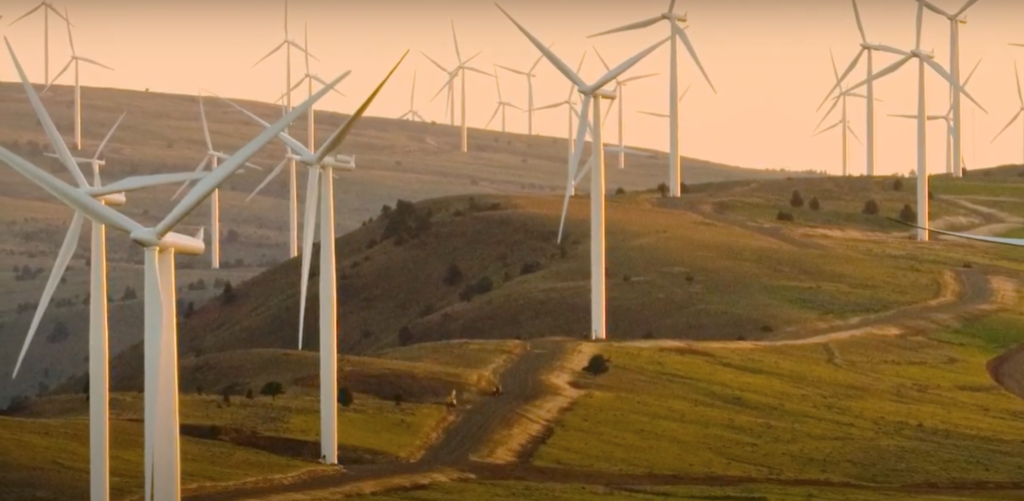
In my own Introduction to Psychology class, students use the augmented reality app, The Brain AR, to learn about neuroanatomy. And in my Cognitive Ergonomics class, students sign out VR headsets from our library for the entire semester, insert their own smartphones, and then download free virtual reality apps that I have selected to learn about accident causation, interfaces, control systems, and more.
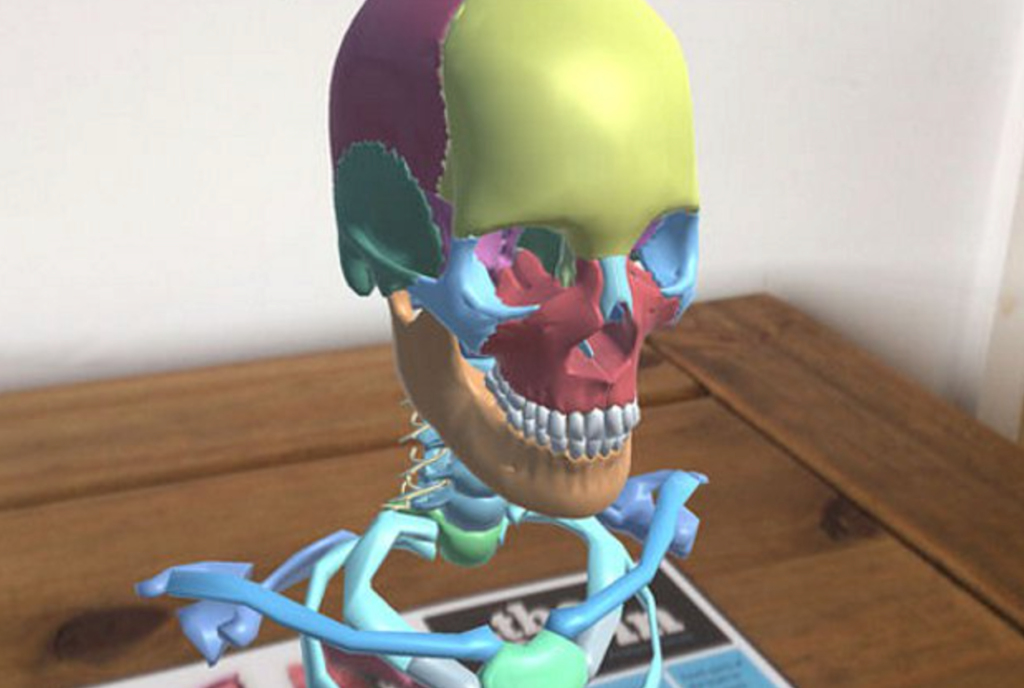
The Metaverse Increases Learner Engagement & Empathy
Metaverse technologies seek to be immersive. Immersion refers to more realistic animations, faster latencies, increased computing power, higher screen resolutions and the like. The goal of metaverse technologies is immersion of the user into a simulated world so compelling that one forgets it is simulated. That compelling but elusive feeling is called “presence.” Highly immersive technologies are necessary but not sufficient for creating subjective presence. For presence to emerge, developers must excite the imagination, stimulate curiosity, activate critical thought, and construct compelling stories.
A good example of such increased engagement and empathy comes from the interactive, 360-degree VR app, Clouds over Sidra (Irom, 2018; Schutte & Stilinović, 2017). This VR film follows Sidra, a 12-year-old Syrian refugee, as she takes viewers on a tour of the Za’atari Refugee Camp in Jordan where she lives. In a study by Schutte & Stilinović (2017), randomly assigned participants viewed Clouds over Sidra either in 3-D VR format (experimental group) or 2-D computer screen format (control group). Results found statistically significant increases in engagement and empathy scores for the VR format over the control 2-D format. In terms of engagement, participants stated, “I was absorbed,” “The time just slipped away,” and “I lost myself in this experience.” In terms of empathy, participants stated, “I imagined myself to be in Sidra’s situation,” “I felt sorry for Sidra,” and “I felt compassion for Sidra.”
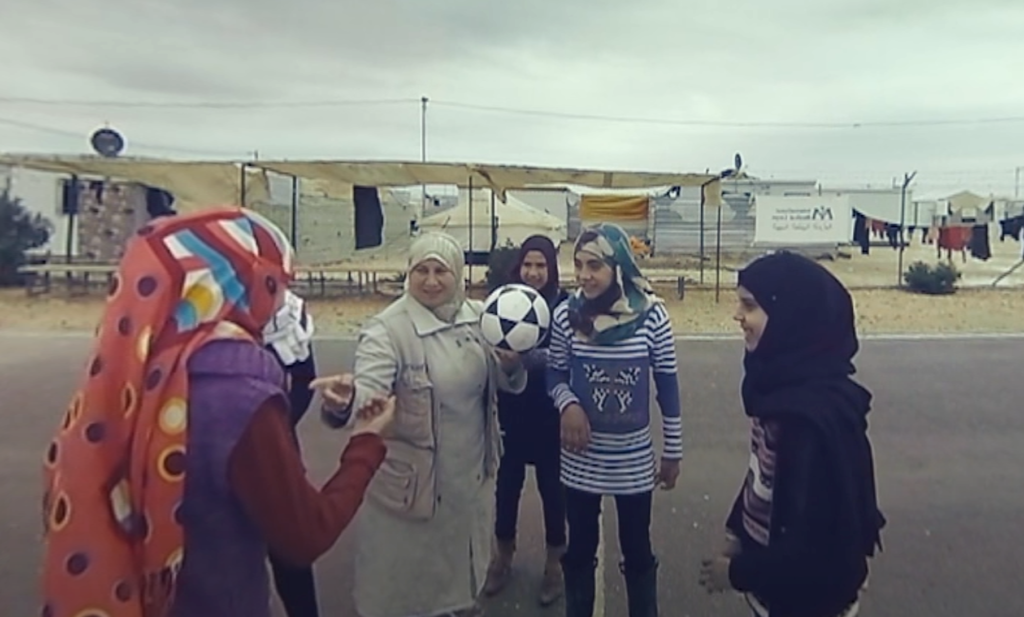
Conclusion
Two years into the pandemic, we have seen how achingly boring it can be to learn from videoconferences and badly delivered online lectures. Learning in the Metaverse allows for rich interaction possibilities between learners, educators, and knowledgeable guides. Carefully created apps can lead to greater engagement with content and increased empathy for others. Like all paradigm shifts, this new paradigm is not without its own problems. These include access to technology, the digital divide, lack of knowledge and skills in how to teach using these technologies, cybersickness, and other issues. However, the Metaverse is here and the Metaverse is coming. We know what it will be, and we have no idea what it will be. What we can say is that it will change a lot about how we work, play, purchase, connect, share, and learn. As educators, we should embrace its potential, deal with its pitfalls, and push the boundaries of our pedagogies.
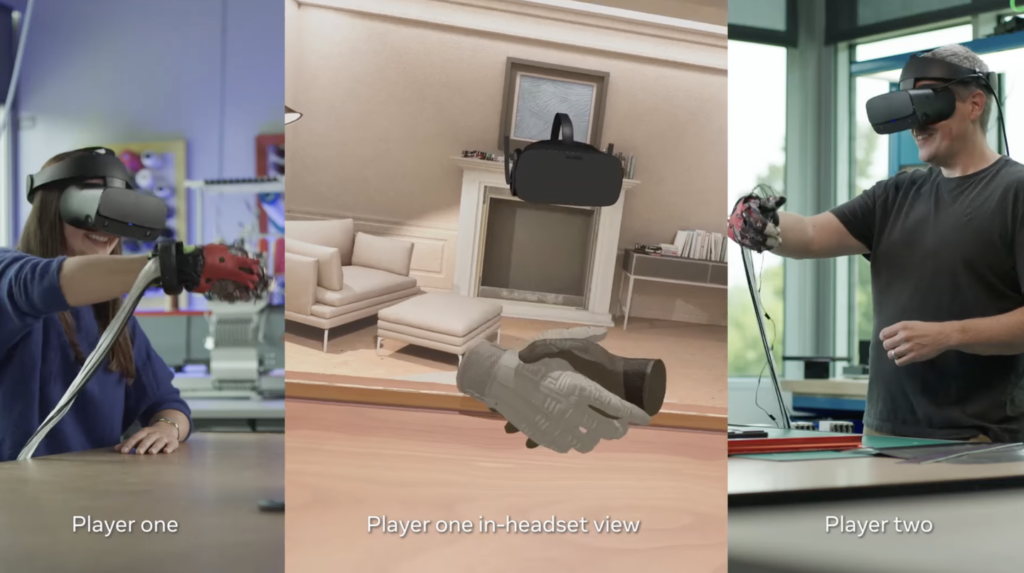
Source: https://www.popsci.com/technology/meta-vr-haptic-gloves-prototype/
REFERENCES
Cooley, B. (2022). The metaverse isn’t what you think it is, because we don’t know what it is. c|net.
Irom, B. (2018). Virtual reality and the Syrian refugee camps: Humanitarian communication and the politics of empathy. https://ijoc.org/index.php/ijoc/article/viewFile/8783/2483
Kwang Huang Lee (2021). The educational metaverse is coming.
https://www.timeshighereducation.com/campus/educational-metaverse-coming
Schutte, N. S., & Stilinović, E. J. (2017). Facilitating empathy through virtual reality. Motivation and Emotion, 41(6), 708–712. https://doi.org/10.1007/s11031-017-9641-7

Farhad Dastur
Farhad wants to encourage a culture of scholarly inquiry into teaching and learning at KPU. Farhad has served KPU for 21 years in many roles and, in 2021, he was awarded Senate's Distinguished Service Award. Farhad believes that good scholarship is driven by curiosity and balances imagination with critical thinking. Teaching becomes a scholarly activity when we systematically inquire into student learning and then share those insights--all in the service of improving our teaching practices.
